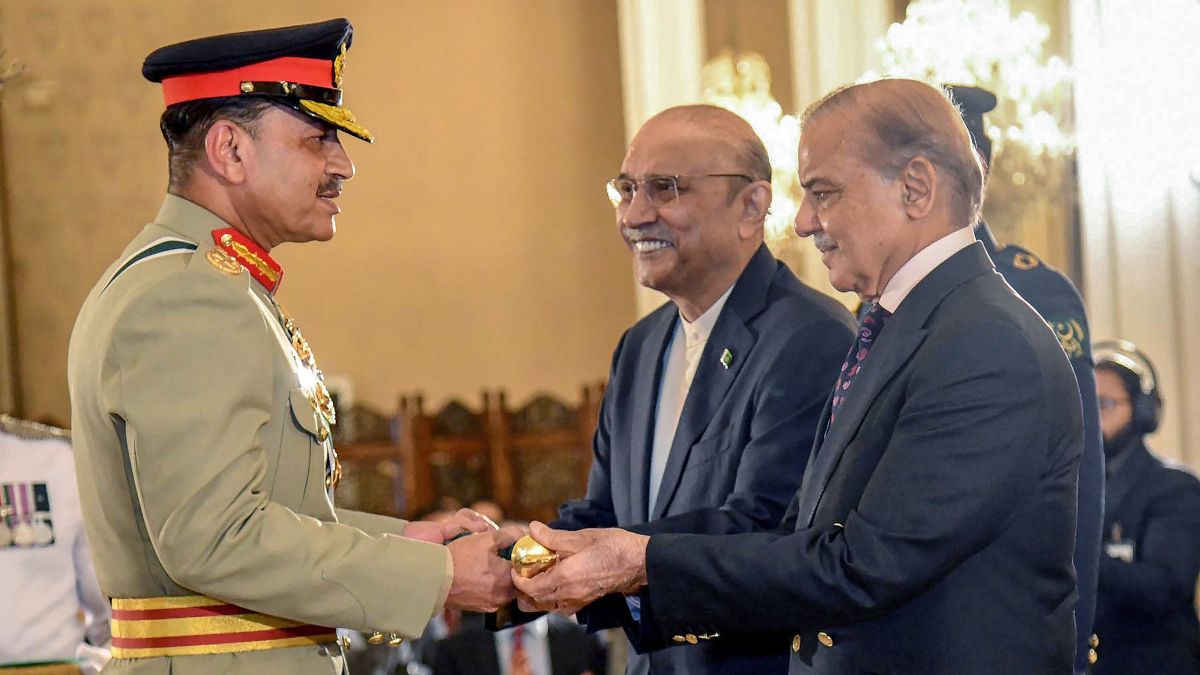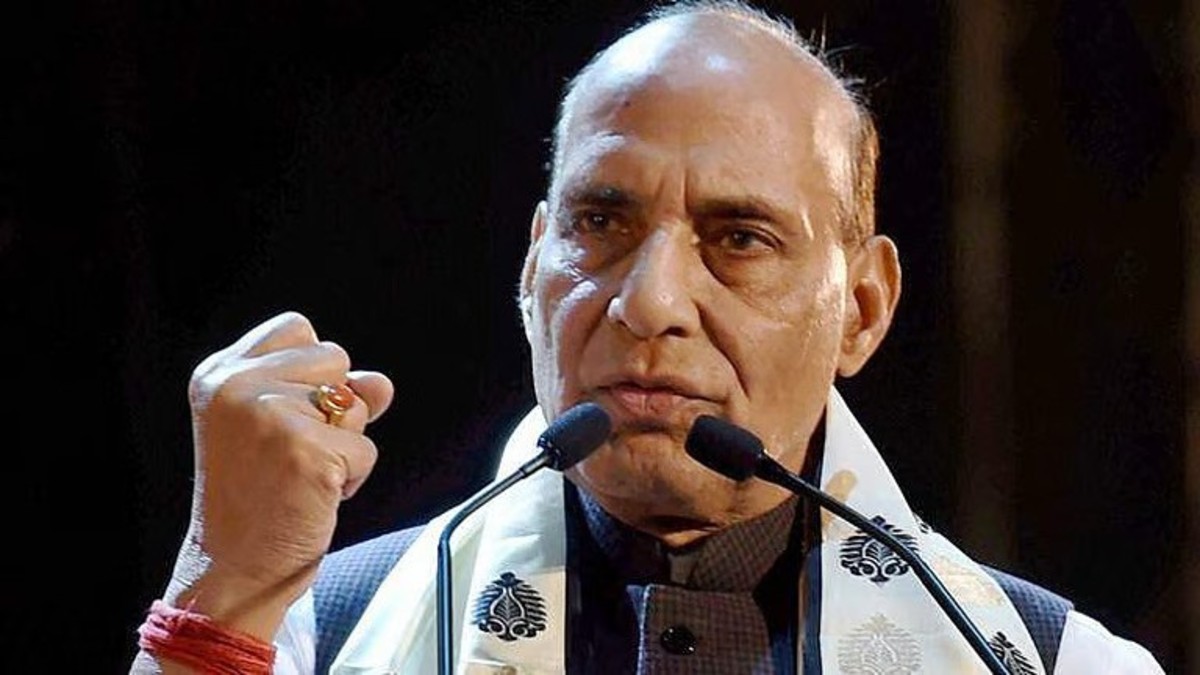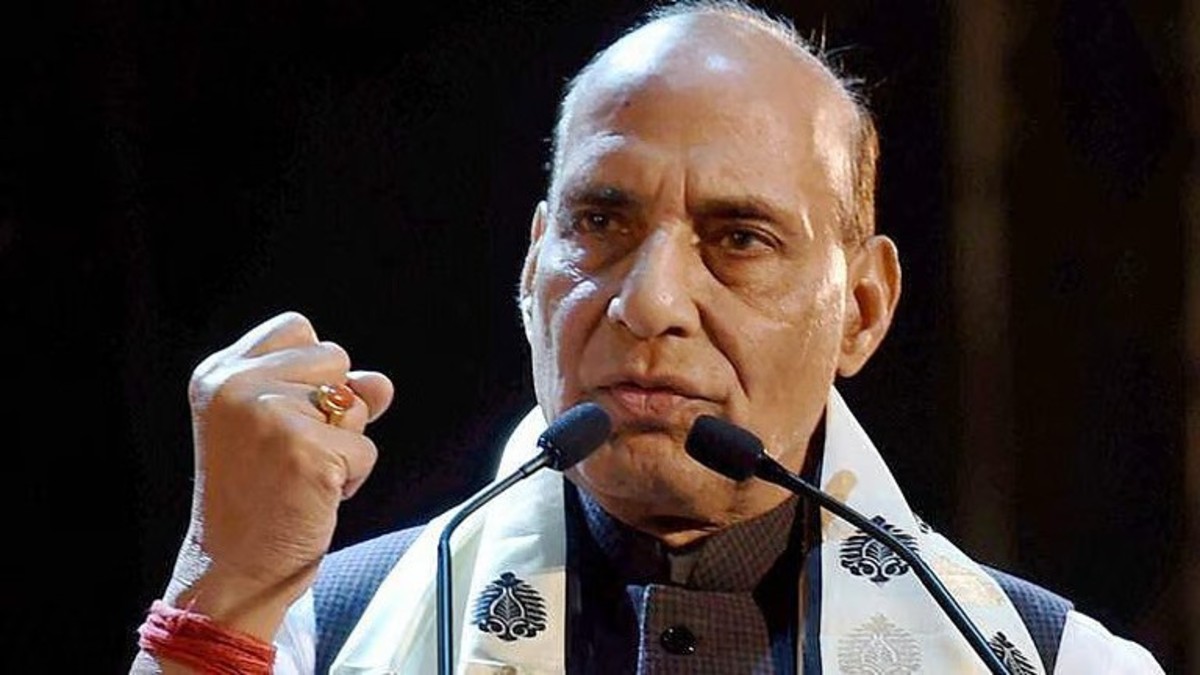India’s ongoing Tri-Services Exercise ‘Trishul 2025’, which commenced on November 3, 2025, integrates Army, Air Force, and Maritime elements across the Sir Creek and desert sectors of Gujarat and Rajasthan, extending into the northern Arabian Sea. It sends a strategic message of operational readiness and credible deterrence. It has forced Pakistan into panic mode as Islamabad restricts airspace and raises an alert near the Arabian Sea. Even the Pakistan-based terror outfit Lashkar-e-Taiba was forced to cancel its Lahore rally.
Trishul was conceived as more than a rehearsal of joint operations. It was designed to validate the concept of convergence. The exercise drew the Army, Navy and Air Force into a single operational web linked by data, cyber and space-based enablers. The focus was on the transition from jointness to synchronised multidomain convergence as a combat capability. It showcased the nation’s capacity to integrate sensors, shooters and decision-makers within compressed timelines that define an integrated ‘Kill Web’ operational architecture.
Exercise Trishul is not a rehearsal; it is a trailer of Operation Sindoor 2.0. India’s Cold Strike multi-domain doctrine is now in motion, where tri-service precision, digital command, C5ISR and kinetic cum non-kinetic effects converge for decisive offensive capabilities. When the Notices to Airmen (Notams) went up, they quietly unveiled a new era: India’s deterrence now rests on decisive, technology-driven joint operations. It represents not only a test of interoperability but also an unmistakable signal of India’s readiness to project calibrated power across multiple domains.
The new mantra is Cold Strike readiness across all domains, executed proactively and seamlessly through tri-service integration. Trishul was the first time India put that thinking into motion. It unfolded across three connected theatres: the Arabian Sea, the Thar Desert and the digital domain. Naval carrier battle groups worked in synchrony with air force formations of Rafales and Su-30s.
Impact Shorts
More ShortsOn land, integrated battle groups and mechanised forces in the Thar sector unleashed offensive manoeuvres with precision fires and networked AI-enabled C5ISR architecture. This reflects a shift from platform-centric to multi-domain data-driven force integration warfare.
Alongside them, specialised forces, drones, swarms, and long-range precision fires have been integrated to deliver calibrated beyond-visual-range effects deep inside hostile territory.
Above and beyond these, the digital battlespace was alive with cyber intrusion drills, satellite data fusion and electronic warfare measures. Together, they represented a single continuum of multidomain operations rather than separate service efforts.
What has distinguished Trishul most from earlier tri-service events is its offensive orientation. The aim was not static defence or routine coordination but the conduct of rapid, high-intensity offensive operations capable of securing combat overmatch with converging effects in the physical, digital and cognitive domains.
Each phase stressed decision superiority, precision engagements and synchronised operations across convergent domains. The underlying message was clear: India possesses the ability to initiate controlled multi-domain offensive operations should deterrence fail.
Strategic signalling formed the core of the exercise. To Pakistan, it underscored that India’s evolving multi-domain dominance now offsets nuclear blackmail. The exercise rehearsed limited offensive actions under tight escalation control, signalling that offensive options remain available below the nuclear threshold. Its proactive dispensation and tiered air defence capability negated a nuclear missile threat’s effectiveness while retaining the ability to preemptively strike assets before they even launch.
To China, it highlighted India’s capacity to integrate space, cyber, electronic warfare and kinetic cum non-kinetic fires in a single campaign framework. For global observers, it presented India as a confident regional power capable of delivering security rather than only seeking it. The Indian Air Force (IAF) also issued a Notam covering the entire Northeastern region bordering China, Bhutan, Myanmar, and Bangladesh for a series of large-scale exercises. This ability to connect theatres is central to credible deterrence in a contested strategic environment where dual fronts could converge.
Trishul’s conduct also reflected the steady evolution of India’s military doctrine. The older Cold Start concept was built around rapid mobilisation after provocation. In the emerging construct of Cold Strike, the emphasis shifts to pre-emptive shaping and precision denial of the adversary’s options while gaining the freedom of manoeuvre to offensively strike. The doctrine underscores compressed time cycles, integrated non-kinetic actions and defined escalation control. It is a framework of deterrence through denial and domination rather than defence and attrition.
The Cold Strike mindset, as reflected in Trishul, is not about reckless pre-emption. It is about restoring initiative and compressing the adversary’s options. It positions India to act with precision, control and legitimacy when faced with imminent threats. It also enhances deterrence by signalling that escalation, if forced, will be on India’s terms and within a controlled framework.
The technological spine of this doctrine lies in resilient command and control. The new indigenous AI-assisted C5ISR grid tested during Trishul reduces decision latency and fuses data from multiple sources into one live operational picture. In a future conflict where adversaries deploy kill-web architectures, the speed of decision will decide survival and success. Cold Strike thrives on such machine-speed decision loops, enabling commanders to act faster than the adversary can react.
The exercise offered key lessons in logistics and sustainment. High-tempo operations rely on agile supply chains, mobile maintenance facilities and prepositioned reserves. Trishul tested these under simulated stress to ensure that precision strikes are backed by continuous and responsive resilient logistics. The demonstration of tailormade AI-led logistics, supported by digital tracking and modular stocks, indicated growing maturity in sustaining fast-moving campaigns.
For the broader strategic community, the message from Trishul is unambiguous. India has entered the phase of technological deterrence, where strength is measured not only by numbers or firepower but by integration, speed and autonomy. The doctrines, systems and culture of the past are being replaced by a warfighting architecture designed for the age of AI, space operations and information dominance.
Trishul 2025 is not just another tri-service exercise. It is a rehearsal of India’s new grammar of warfare, one that converges domains with technological tempo. In its unfolding, it offers a glimpse of what Cold Strike means in practice: fast, multi-domain, precise and under control. For adversaries, it was a warning. For partners, it was reassurance. For India, it was a declaration that deterrence is no longer static.
The quiet Notams that marked the beginning of the excercise spoke louder than any press statement. They signalled a military ready to act within compressed time cycles, with clear objectives and calibrated power. The age of Cold Start has ended. The era of Cold Strike has begun.
(The author is former Director General, Mechanised Forces. Views expressed in the above piece are personal and solely those of the author. They do not necessarily reflect Firstpost’s views.)


)

)
)
)
)
)
)
)
)



